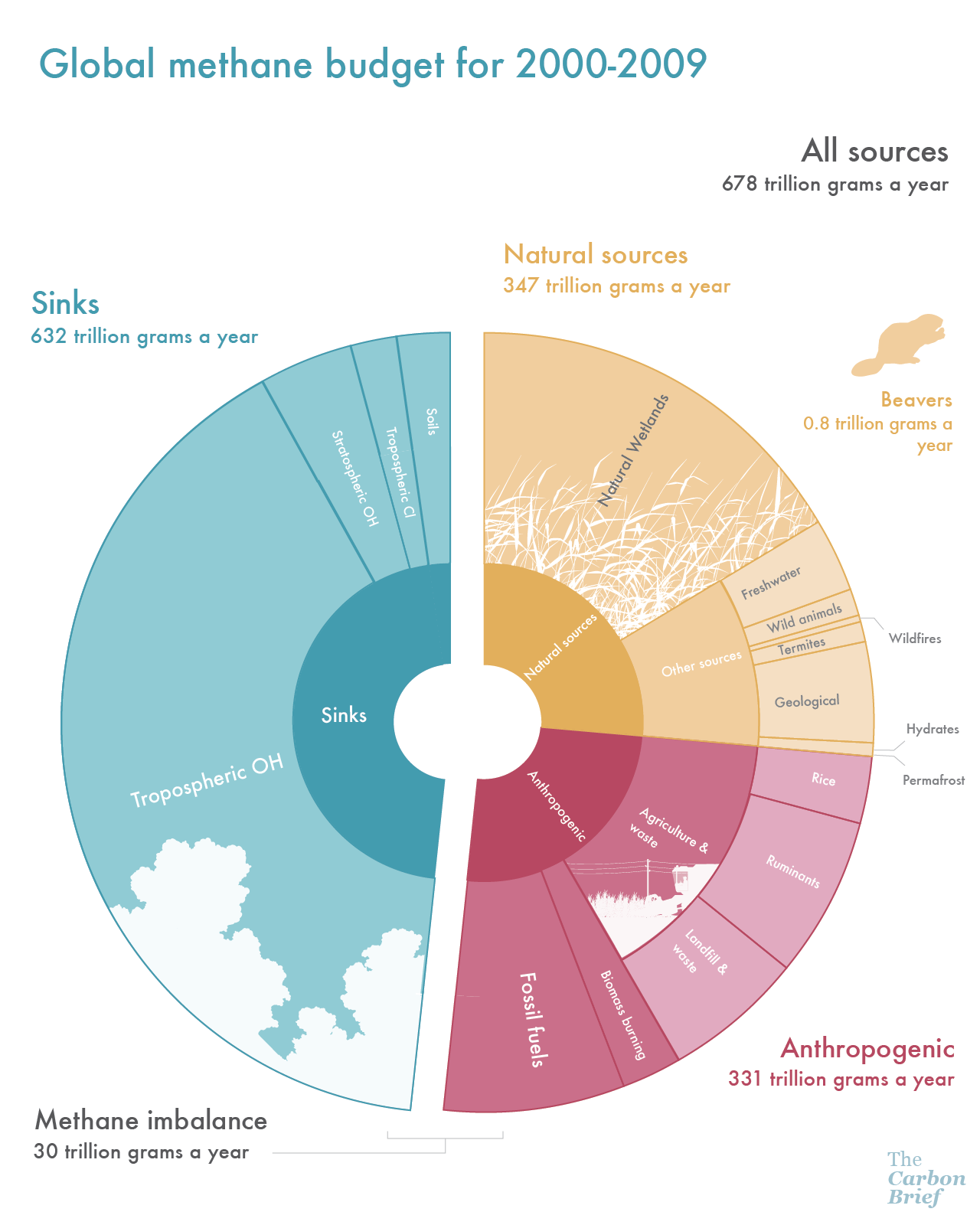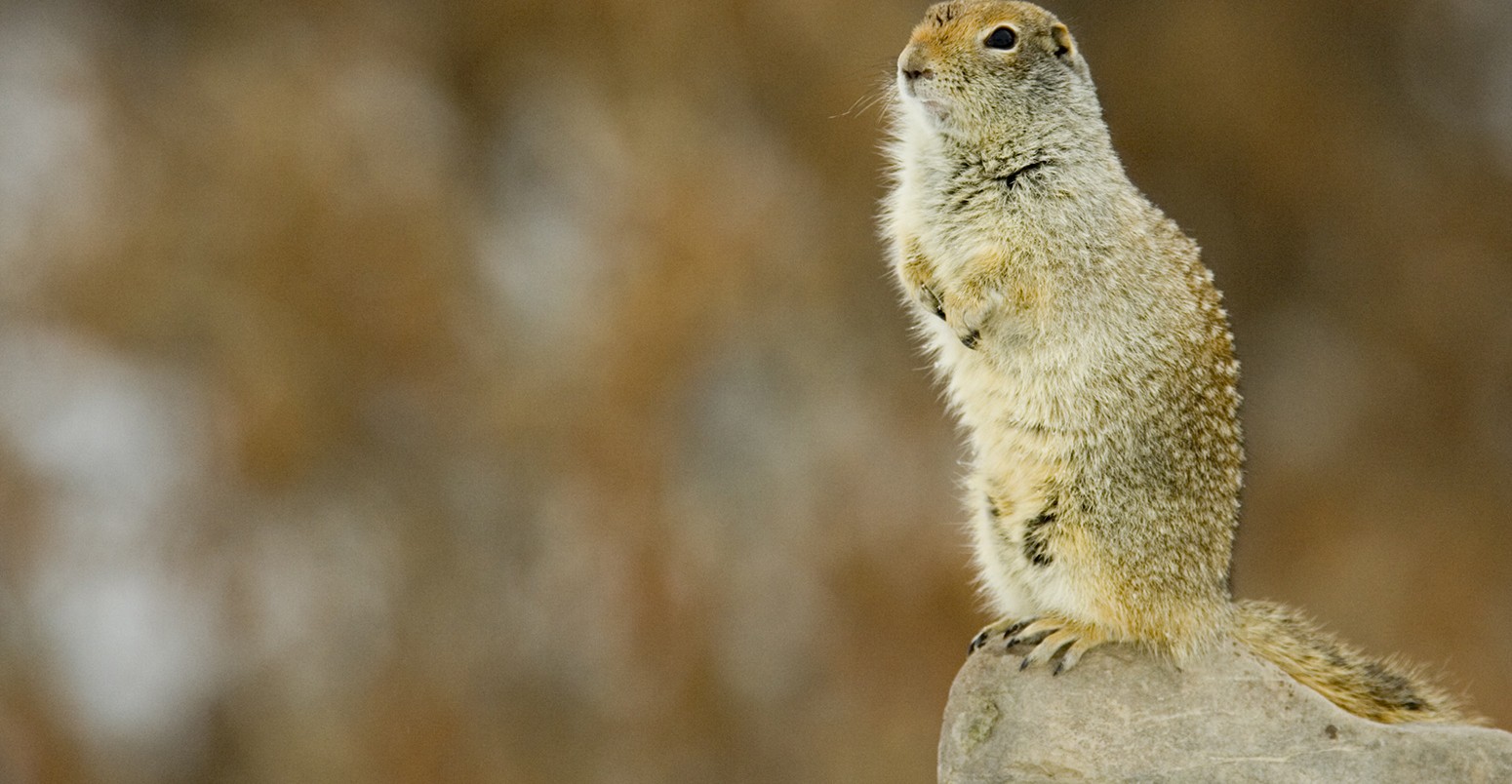
What do squirrels, beavers and reindeer have to do with methane emissions?
Robert McSweeney
12.18.14Robert McSweeney
18.12.2014 | 3:44pmIt’s not just humans that are causing climate change. Squirrels and beavers have both been implicated in recent days as research reveals their contribution to the release of methane, a powerful greenhouse gas.
Obviously the Internet loves a good rodent story. But could it really be the case that these toothy animals are paving the way to climate catastrophe?
It’s unlikely, an expert tells us, but that’s not to say they should be overlooked.
Global methane emissions
Methane is a powerful greenhouse gas, around 25 times more effective at trapping heat than carbon dioxide over the course of a century. About a fifth of the global warming linked to human activity is as a result of methane emissions, scientists estimate.
The sources of methane emissions are shown in the table below. Total emissions from human activities, such as farming livestock and burning fossil fuels, are similar to natural sources, the largest of which is from decomposing vegetation in wetlands.
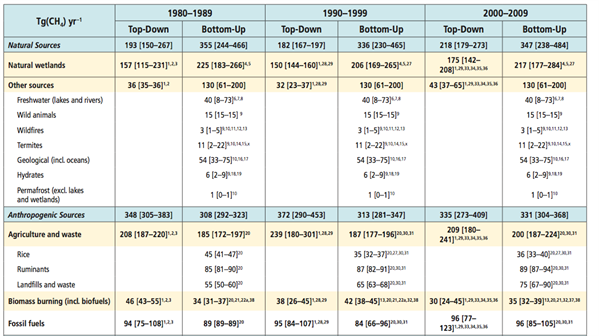
Global methane emissions for the past three decades in trillion grams per year. Table shows estimates for both top-down approaches (measuring the amount of methane in the atmosphere) and bottom-up approaches (measuring emissions from each individual source). The different approaches means the figures don’t necessarily match. Source: IPCC.
A new Canadian study finds that growing beaver populations mean 200 times more methane is being released today than in 1900 from the open-water ponds that form behind beaver dams.
That might sound like a lot, but in the grand scheme of things it’s pretty minor, Dr Vincent Gauci, who is Director of the Natural Environment Research Council’s Methane Network, tells us:
Relative to global emissions, the majority of which come from human activity, emissions from beavers are miniscule and irrelevant at the global scale.
The study calculates that methane emissions caused by beavers is between 0.18 and 0.8 trillion grams per year. This compares to total methane emissions of over 600 trillion grams, so the contribution is indeed very small, although noticeable.
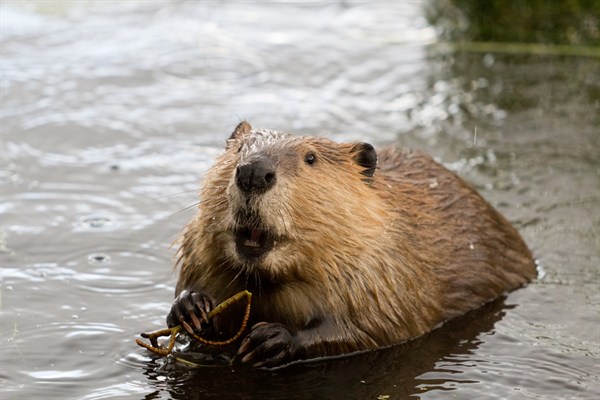
Beaver. Source: Shutterstock.
Thawing permafrost
What about squirrels? Another study, from researchers at the Polaris Project in the Siberian Arctic, suggests that squirrels may be causing the release of methane from permafrost soils.
Permafrost is the name given to permanently-frozen ground in high latitudes. Permafrost acts like a lid, locking frozen carbon deposits deep below ground.
The burrowing squirrels cause the soil to warm up, the researchers find. And as the permafrost thaws, microbes can degrade the carbon within it, releasing carbon dioxide and methane into the atmosphere. The study suggests that the contribution of wildlife to greenhouse gas emissions might be bigger than previously considered.
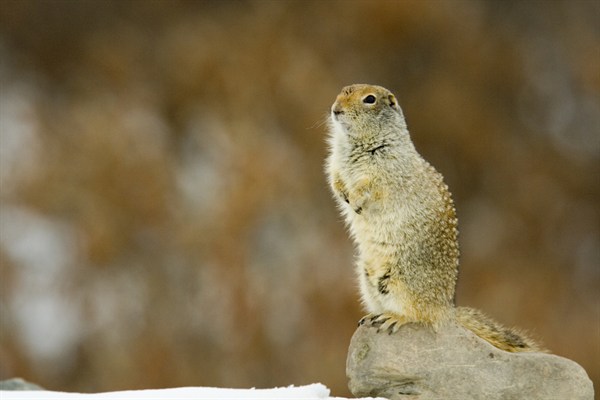
Arctic ground squirrel. Source: Shutterstock.
The work was presented at a major American Geophysical Union conference in San Francisco this week, and hasn’t yet been published. So we can’t say for sure how big the “squirrel effect” might be. But it’s not likely to be huge.
Even if the contribution is small, Dr Gauci thinks these studies make an important point:
The beaver study and the squirrel report shows something important that is often overlooked. Animals such as these can be ecosystem engineers, altering biogeochemical processes and the exchange of greenhouse gases between the ecosystem and the atmosphere.
Bigger animals, bigger impact
It’s worth noting that animals can also help lock up carbon, Gauci points out:
The impact of these ecosystem engineers can also be positive with respect to carbon exchange. For example, a massive beaver dam can, in creating a wetland ecosystem, lead to carbon being locked away in soggy soils and sediments.
Given concern over rising greenhouse gas emissions, we should also be considering the effect of animals that are a bit larger than squirrels and beavers, Gauci says. A study this year, for example, estimated the emissions of methane and nitrous oxide from reindeer droppings in the Arctic tundra .
It found the impact was negligible, but that’s not to say we shouldn’t continue to study these impacts, Gauci concludes. We have likely been underestimating the effects of large mammals on the carbon cycle, both now and in the past, he says:
In the tropics, large fauna can alter the structure of forests. In higher latitudes, many more large mammals used to roam Eurasia and high-latitudes in North America than now. Their effects on carbon exchanges and methane emissions are not known but they may have been larger than the effect of squirrels hiding their nuts.
Main image: Arctic ground squirrel.
-
What do squirrels, beavers and reindeer have to do with methane emissions?


